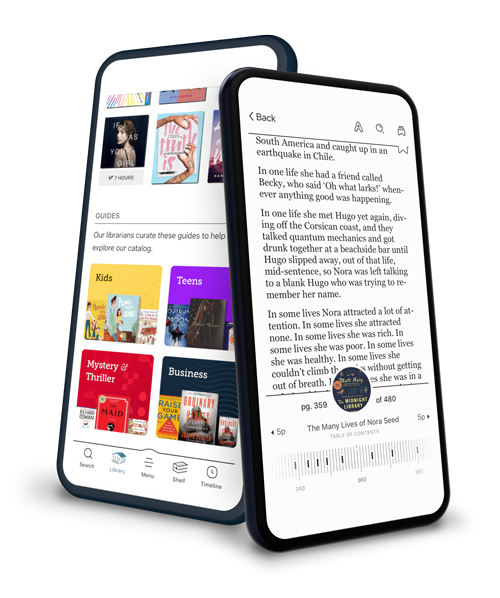Facilitating Student Learning and Engagement in Higher Education through Assessment Rubrics
ebook
By Peter Grainger

Sign up to save your library
With an OverDrive account, you can save your favorite libraries for at-a-glance information about availability. Find out more about OverDrive accounts.
Find this title in Libby, the library reading app by OverDrive.



Search for a digital library with this title
Title found at these libraries:
| Library Name | Distance |
|---|---|
| Loading... |
Despite significant reforms in the past decade in relation to criteria- and standards-based assessment in tertiary education contexts, assessment remains the most significantly criticised aspect of the student tertiary experience and a major driver of student engagement. The key tool in this experience is the rubric, also known as the criteria sheet or the ‘Guide to Making Judgments’. This book discusses the significance of assessment rubrics in tertiary education. Assessment rubrics impact the student experience in multiple ways: as a guide to students and assessors prior to grading; at the point of grading by the assessor; when moderating during the post-grading process; in providing an additional guide to students in the assessment planning stage; and as a feedback mechanism to students once results are released. This book explains how the rubric reflects key principles of assessment. It explores different models of rubrics used in tertiary contexts, and provides data from students and academics on the efficacy of these various models as the key tool when marking, moderating and providing feedback. It also details exemplars of rubrics used in academic disciplines, and discusses how higher education teachers use exemplars and how they integrate exemplars with criteria and rubrics. It captures the student voice by explaining how students use rubrics for self-assessment and self-regulation purposes. A key inclusion is the importance of sessional staff input into the creation of assessment rubrics prior to the grading, moderating and feedback processes.







